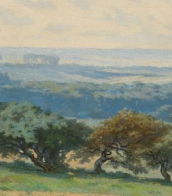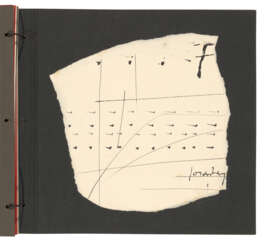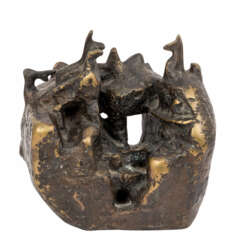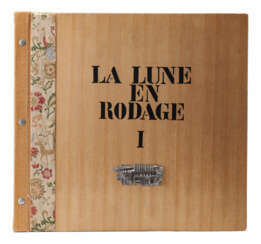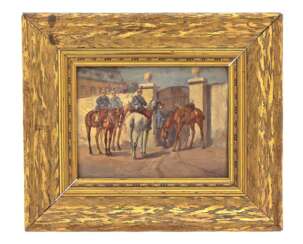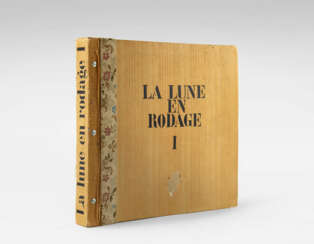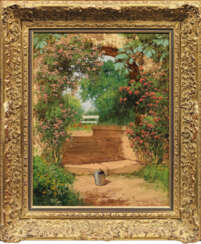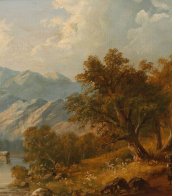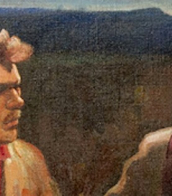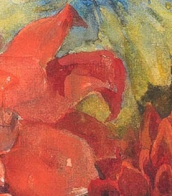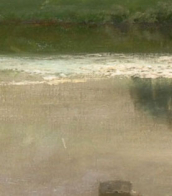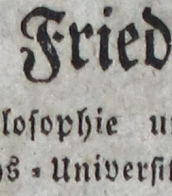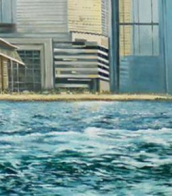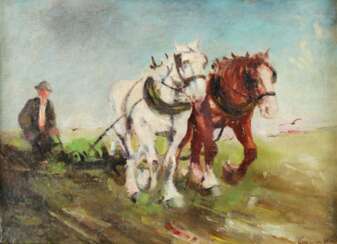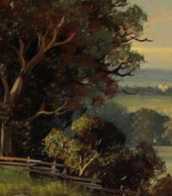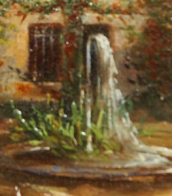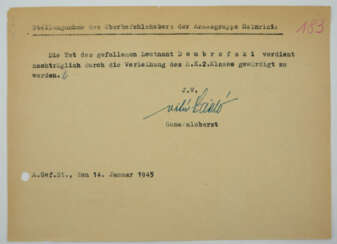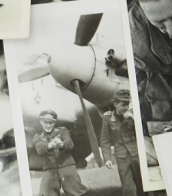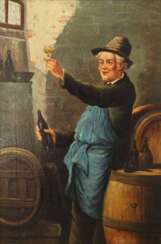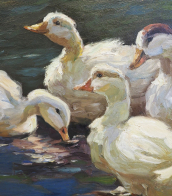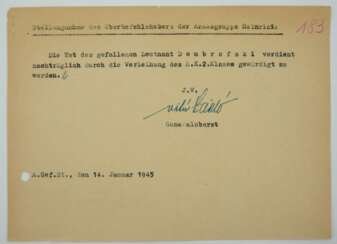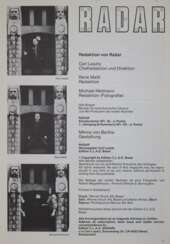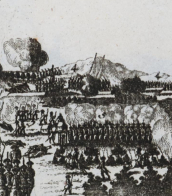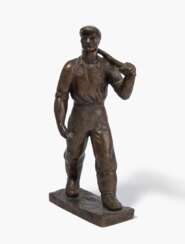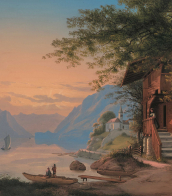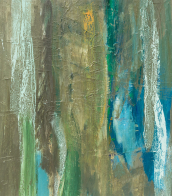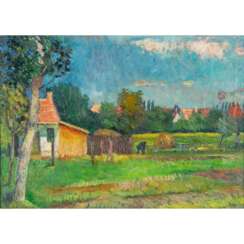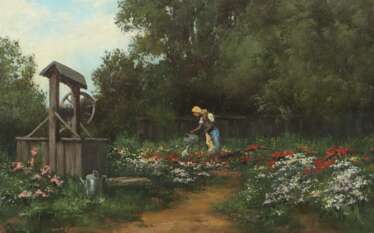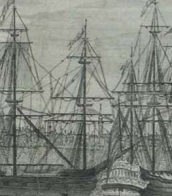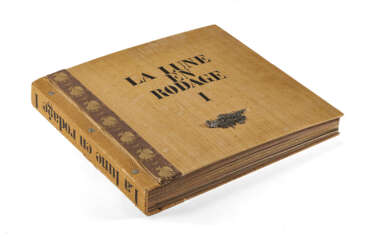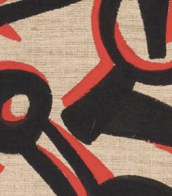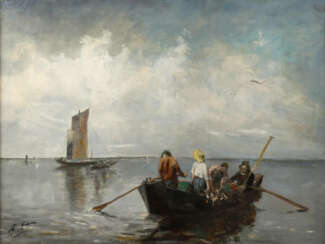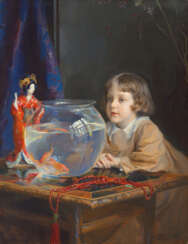laszlo
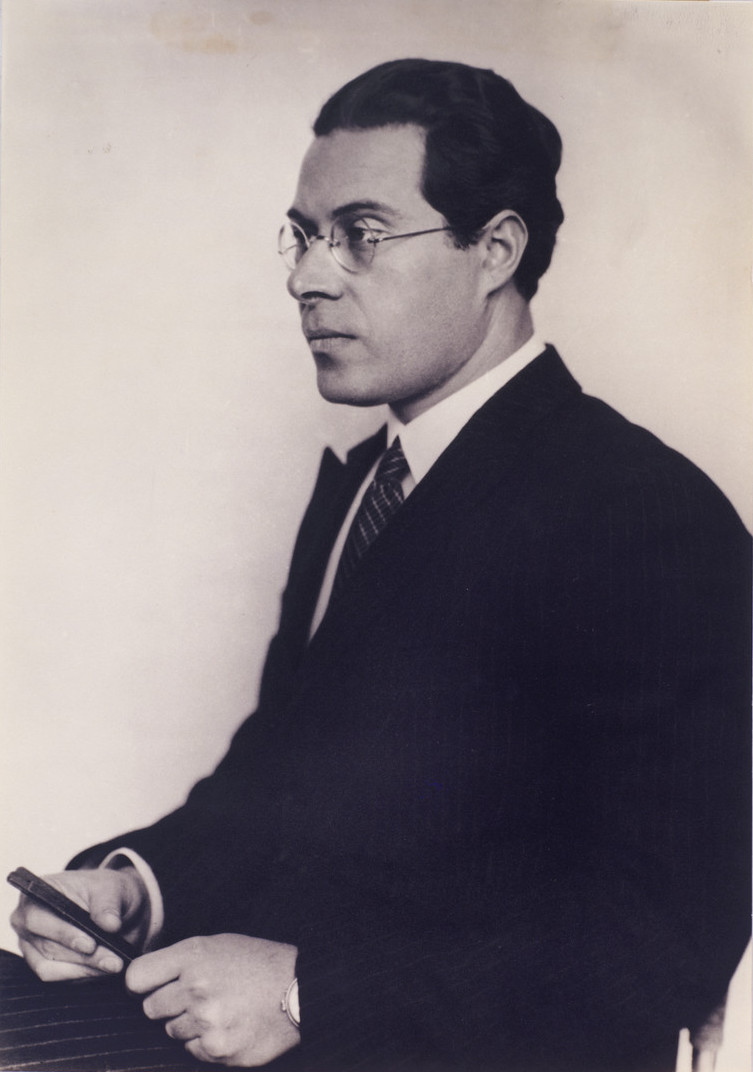
Laszlo Moholy-Nagy, a Hungarian-American artist, was a visionary in the integration of technology and art, profoundly influencing modern art education in the United States. His journey began in post-World War I Europe, where he immersed himself in the avant-garde art scene, eventually joining the Bauhaus school in Germany. There, Moholy-Nagy embraced various mediums, from photography and film to painting and sculpture, pioneering the movement known as the New Vision, which emphasized the unique perspectives that photography and film could offer compared to the human eye.
Laszlo Moholy-Nagy's innovative approach extended to photograms, a camera-less photographic technique that captures the shadows and silhouettes of objects placed on photosensitive paper. His exploration of light and shadow in this medium underscored his belief in the transformative power of art and technology. Beyond his technical achievements, Moholy-Nagy was a dedicated educator, shaping future generations of artists at the Bauhaus and later in Chicago, where he founded the New Bauhaus, which evolved into the Illinois Institute of Technology's Institute of Design.
His work is celebrated in various prestigious collections, including MoMA and the Smithsonian American Art Museum, where his contributions to modernism and design are acknowledged and revered. Moholy-Nagy's legacy is not only in his artistic output but also in his profound impact on art education and the philosophical discourse around art and technology.
For collectors and experts in art and antiques, Laszlo Moholy-Nagy's work offers a deep dive into the intersection of art, technology, and education. To stay informed about exhibitions and auctions related to Moholy-Nagy's works, consider subscribing to updates from art galleries and auction houses, ensuring you remain connected to the evolving appreciation and understanding of this pivotal figure's contributions.
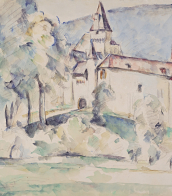
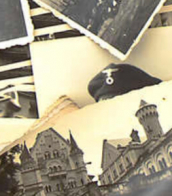
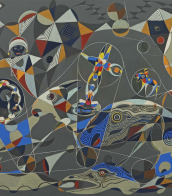
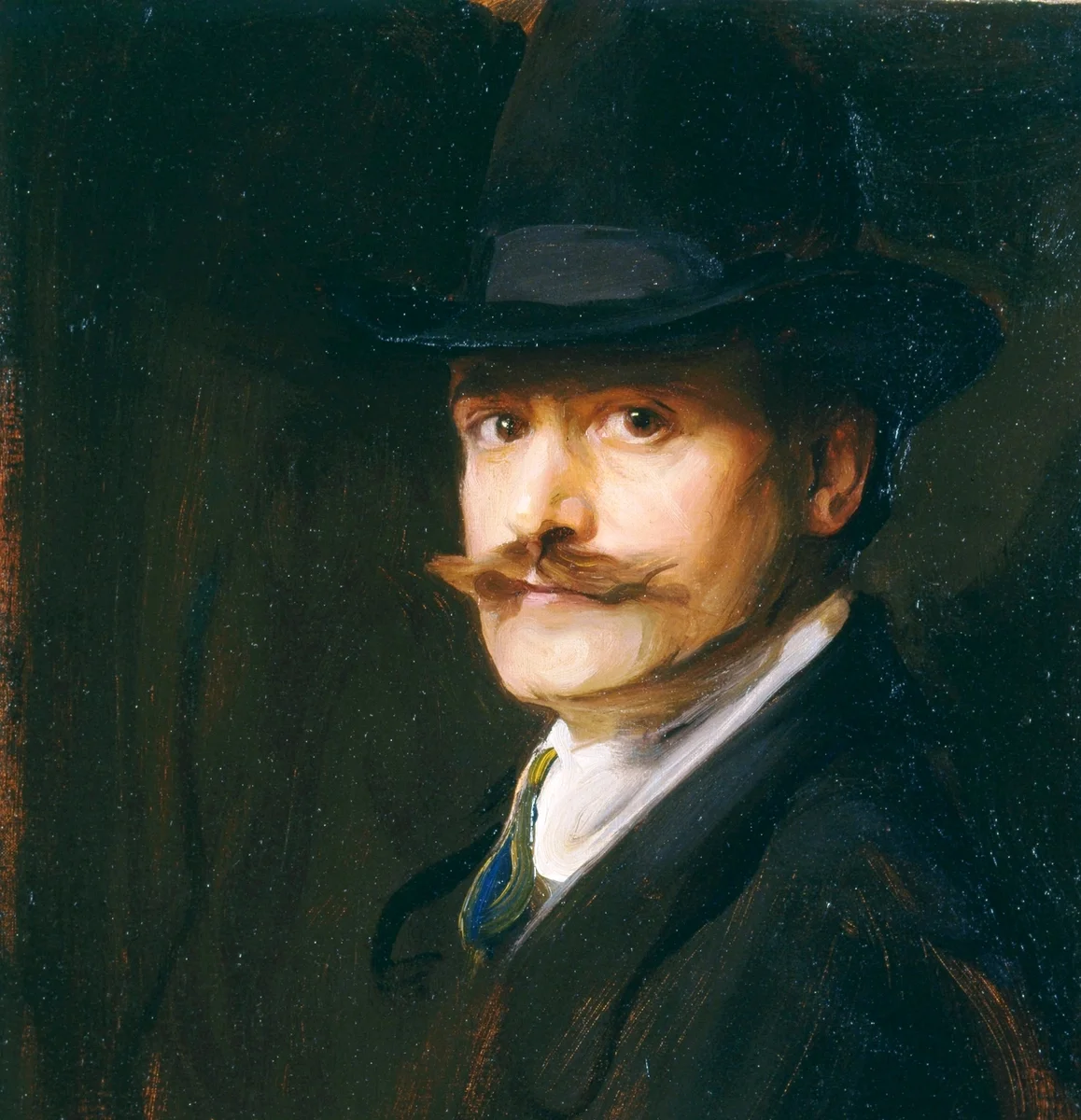
Philip Alexius de László, an Anglo-Hungarian artist renowned for his portraiture, captured the likenesses of many notable figures from European royalty to prominent societal personalities. Born in 1869 in Hungary and later becoming a British citizen in 1914, de Philip László's work is celebrated for its vibrant realism and intimate depiction of character, making him a favorite among high society across Europe and beyond.
Philip De László's artistry earned him numerous honors, including being ennobled in Hungary and receiving medals from British royalty. Despite his accolades and successful integration into British society, he faced internment during World War I, which was a significant period of adversity in his otherwise illustrious career. His legacy includes over 4,000 works, with portraits housed in prestigious institutions like the National Portrait Gallery in London.
His subjects spanned a wide array of influential figures including Emperor Franz Joseph of Austria, U.S. President Calvin Coolidge, and Queen Marie of Romania. These portraits are not merely artistic renditions but historical documents that offer a glimpse into an era defined by its cultural and political complexities. His works continue to be studied and admired for their technical excellence and historical significance, making them highly valuable to collectors and experts in art and antiques.
For those interested in staying updated on exhibitions, sales, or auctions related to Philip Alexius de László's works, subscribing for notifications can provide timely information and opportunities to acquire pieces by this distinguished artist. This ensures that enthusiasts and collectors don't miss out on important events tied to his enduring artistic legacy.
